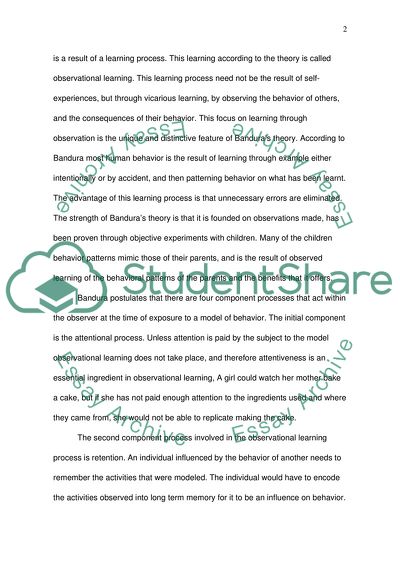Cite this document
(“Bandura Essay Example | Topics and Well Written Essays - 1250 words”, n.d.)
Bandura Essay Example | Topics and Well Written Essays - 1250 words. Retrieved from https://studentshare.org/miscellaneous/1539918-bandura
Bandura Essay Example | Topics and Well Written Essays - 1250 words. Retrieved from https://studentshare.org/miscellaneous/1539918-bandura
(Bandura Essay Example | Topics and Well Written Essays - 1250 Words)
Bandura Essay Example | Topics and Well Written Essays - 1250 Words. https://studentshare.org/miscellaneous/1539918-bandura.
Bandura Essay Example | Topics and Well Written Essays - 1250 Words. https://studentshare.org/miscellaneous/1539918-bandura.
“Bandura Essay Example | Topics and Well Written Essays - 1250 Words”, n.d. https://studentshare.org/miscellaneous/1539918-bandura.


